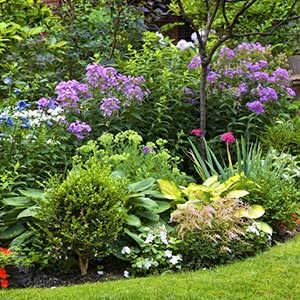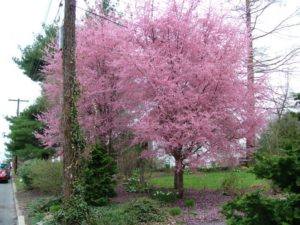Evergreen have been put in the genus Pinus and household Pinaceae. Pines together form a subfamily known as Pinoideae. About 115 species are understood however various experts think that there are 105 and 125 types known. The English pine has been taken from a Latin word Pinus. They are native to Northern Hemisphere. The world's highest evergreen procedures 81.79 m. pines have been commonly introduced in Southern Hemisphere including parts of Southern Hemisphere, consisting of Chile, Brazil, South Africa, Australia, Argentina and New Zealand. In these regions they are essentially utilized for lumber but some species have actually ended up being intrusive in these areas likewise.
Pines are evergreen, resinous trees growing to a length of 3-80 m high however some species also become 15-45 m tall. The smallest species consist of Siberian Dwarf Pine and Potosi Pinyon, and the highest are Sugar Pine. The earliest lived species is Terrific Basin Bristlecone Pine which is 4,800 years of ages and is one of the oldest living organisms understood. The bark of the trees is generally thick and scaly while some have thin and flaking barks likewise. The branches are produced in pseudo-whorls but really they are spirally organized and arise from a same point. Bulk of the pines Mesa Trees are uninodal which implies they produce only a single whorl every year.
Different kinds of leaves are found. Seed leaves exist over the seeds in the whorls of 4-24. Juvenile leaves arise just after the seed leaves and are 2-6 cm long green in colour and are spirally organized. They are produced for about 6 months -5 years or more. Scale leaves as the name suggests are brown, flaky and non-photosynthetic arranged spirally. Finally needles develop which are present in clusters of 1-6. They are produced from the bud of scale leaf in the axil. They persist for 1.5-40 years. If shoot is harmed they produced a brand-new bud so that a brand-new plant may be borne.

They are monoecious bearing separate male and female cones on the same tree however some types are sub-dioecious also bearing male and female cones on different trees. The male cones are 1-5 cm, generally little and exist just for short duration. They are shed immediately after shedding the pollen. The female cones take 1.5-3 years to obtain maturity after pollination, actually fertilization is delayed for one year. They are 3-60 cm long and are surrounded by scales bearing two fertile seeds. The outer scales are little with sterile seeds. The seeds are anemophilous however might be dispersed by birds also. They grow well in acidic soils but some prefer sandy or calcareous soils also. They require well drained pipes soil for correct growth. Seeds are consumed by birds, squirrels, goats and some lepidopteran caterpillars.
They are highly valued trees for their wood and wood pulp. In tropical and temperate areas they are quick growing softwoods. They are cultivated commercially and are more long lasting than spruce. Pine wood is extensively utilized in high-value woodworking products such as furnishings, window frames, paneling, floors and roof, and the resin of some types is an important source of turpentine. They are likewise grown in gardens and parks for ornamental purposes. They are also grown and gathered as Christmas tree. They are at risk of being infected by a nematode disease referred to as wilt illness. Some species produce big seeds which are cooked or baked and consumed as food. The soft, inner bark is edible and is a rich source of vitamin A and C.


